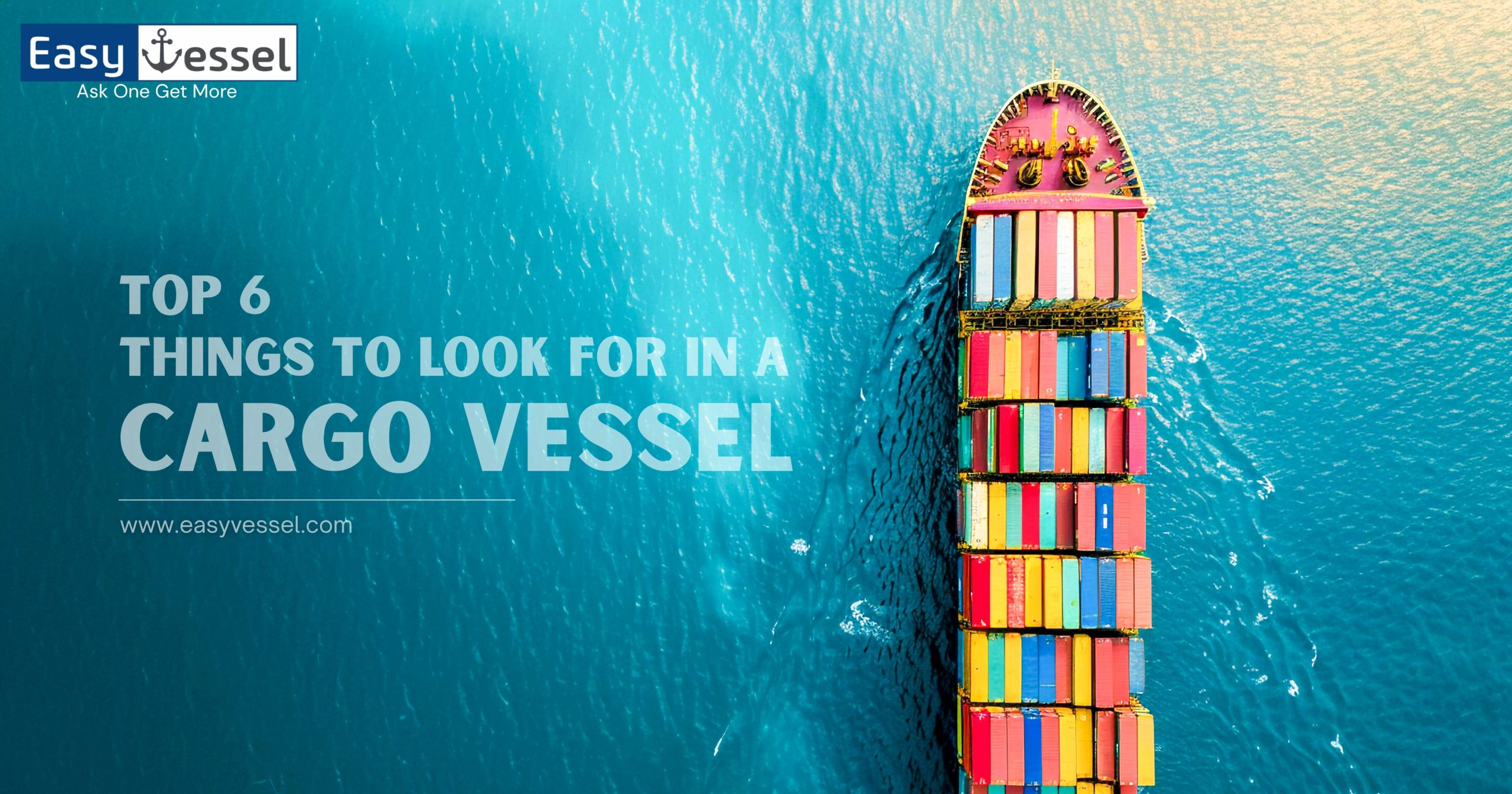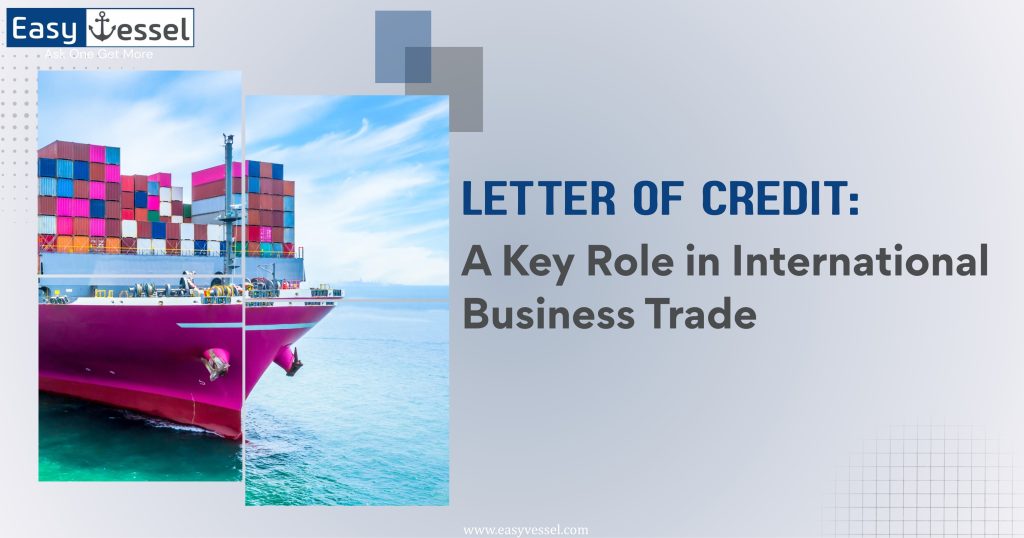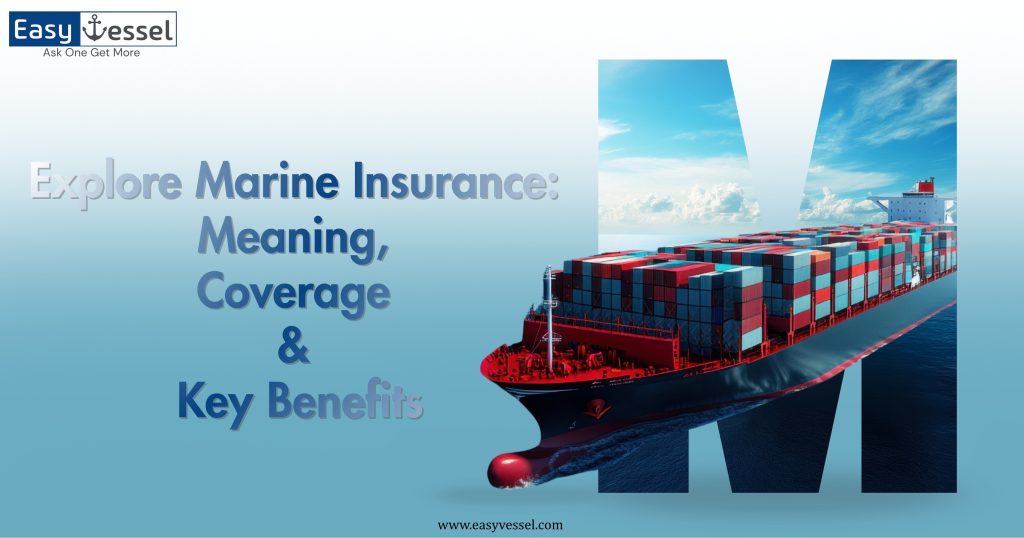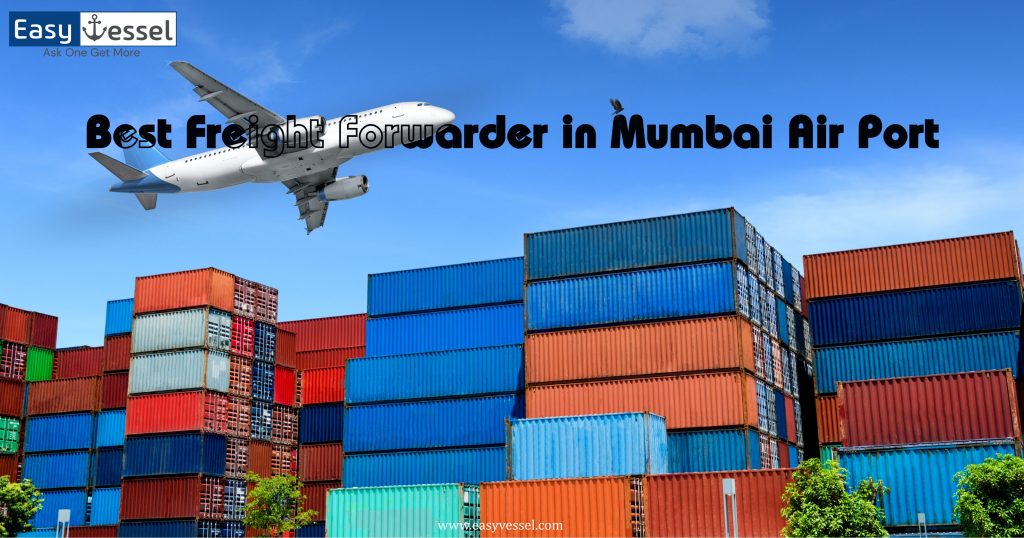Selecting the right cargo vessel is crucial when transporting goods across oceans and continents. Whether you’re a small business owner, a manufacturer, or an international trader, your choice of vessel can significantly impact your logistics efficiency, delivery timelines, and shipping costs. The global nature of commerce today means that freight shipping has become a core part of supply chains, and knowing what to look for in a vessel can give your business a competitive edge.
In this blog, we’ll discuss the top 6 things to consider when choosing a cargo vessel for your shipment and how each factor can affect your bottom line. We’ll help you easily navigate the decision-making process from vessel size to environmental performance.
1. Vessel Size and Cargo Capacity
One of the first things to evaluate when choosing a cargo vessel is its size and cargo capacity. Cargo ships come in various sizes, including:
- Feeder vessels (less than 3,000 TEU)
- Panamax vessels (up to 5,000 TEU)
- Post-Panamax and New Panamax vessels
- Ultra Large Container Vessels (ULCVs) (over 14,000 TEU)
The size of the vessel affects not just how much cargo it can carry but also where it can dock. Smaller ports may not accommodate larger vessels, which could cause delays or require additional transshipment.
Why it matters:
Matching the vessel size with your shipment volume helps optimize costs. For bulk shipments, a large vessel may offer better per-unit rates. On the other hand, smaller or regional shipments may benefit from feeder vessels with quicker access to secondary ports.
2. Type of Cargo Vessel and Specialization
Cargo vessels are designed for different types of freight. Choosing the right vessel type ensures that your goods are transported safely and efficiently. Common types include:
- Container ships: Container ships are perfect for retail and consumer items.
- Bulk carriers: Used for raw materials like coal, grains, or ores
- Roll-on/Roll-off (RoRo) ships: Best for vehicles and wheeled cargo
- Tanker ships: Used for transporting liquids like oil or chemicals
- Reefer ships: Temperature-controlled vessels for perishable goods
Why it matters:
Using the wrong type of vessel could result in cargo damage or inefficient handling. For example, perishable food products need refrigerated conditions provided by reefer vessels, while cars must be loaded onto RoRo ships to avoid damage.
3. Transit Time and Shipping Routes
Transit time is vital in freight shipping, especially for time-sensitive cargo. A cargo vessel’s route and speed determine how long your goods take to reach their destination.
Check:
- Whether the vessel follows direct or indirect routes
- The number of port calls and layovers
- Seasonal impacts (like monsoons or frozen channels)
Why it matters:
If you’re shipping seasonal goods, electronics, or items with short shelf lives, a long transit time could reduce their value. Fast shipping routes improve customer happiness and the effectiveness of the supply chain.
4. Freight Shipping Costs and Surcharges
Cost is always a top concern in logistics. The freight shipping price depends on various factors, including fuel charges (BAF), port fees, vessel size, and route length. It’s also essential to consider hidden fees like:
- Container detention or demurrage charges
- Terminal handling fees
- Currency adjustment factors (CAF)
- Peak season surcharges
Why it matters:
A seemingly low quote might become expensive due to hidden fees or unexpected delays. Comparing comprehensive cost estimates from different shipping lines or freight forwarders will give you a clearer picture.
Also, the cost-efficiency of the vessel must be evaluated. Some ships offer economies of scale that lower per-unit shipping costs, which is especially important when moving goods in bulk.
5. Safety Record and Insurance Coverage
Trusting a vessel with your goods means ensuring it has a strong safety record and offers reliable marine insurance. Look into the carrier’s:
- Incident history (collisions, cargo loss, etc.)
- Compliance with international maritime regulations (IMO, SOLAS)
- Availability of cargo insurance and liability coverage
Why it matters:
Cargo lost or damaged at sea can result in significant financial losses. A vessel with a poor safety record might save money upfront but pose a considerable risk. In contrast, a well-rated cargo ship provides peace of mind and better insurance options.
Additionally, freight forwarders can help you understand what level of coverage is included and what needs to be purchased separately.
6. Sustainability and Environmental Standards
In today’s eco-conscious world, choosing a cargo vessel that aligns with green shipping practices is more than just good ethics—it’s good business. Customers, investors, and governments are increasingly pressuring companies to reduce their carbon footprints.
Check if the vessel:
- Uses low-sulfur fuel or alternative energy sources
- Is compliant with IMO 2020 environmental regulations
- Implements ballast water treatment systems
- Has an Energy Efficiency Design Index (EEDI) rating
Why it matters:
Environmentally friendly freight shipping practices reduce your company’s carbon footprint and offer tax incentives or lower port fees in some regions. Plus, it boosts your brand’s reputation among eco-conscious customers.
Work with a Reliable Freight Forwarder
While selecting the right cargo vessel is essential, working with experienced freight forwarders can streamline the process. They can:
- Help choose the best vessel type for your cargo
- Negotiate competitive shipping rates
- Handle documentation and customs clearance
- Track shipments in real-time
- Offer insurance and risk mitigation services
Freight forwarders act as an extension of your logistics team, ensuring that your goods are moved efficiently, securely, and at the right price.
Conclusion
Choosing the right cargo vessel for your shipment is a decision that goes beyond just price. The type and size of the vessel, transit time, safety record, shipping costs, and environmental performance all play a critical role in determining the success of your freight shipping operations.
Identifying the specific shipping needs of your product and working with the best freight forwarder will save you time, money, and frustration. With thoughtful planning and informed decisions, your goods can reach their destination efficiently and safely, no matter where they’re headed.
Whether you’re shipping small consignments or managing bulk freight, your choice of cargo vessel can make or break your logistics strategy. So, take the time to evaluate these six key factors and set your business up for smooth sailing.
Why Easy Vessel
Choosing the right cargo vessel plays a crucial role in ensuring safe, timely, and cost-efficient shipments. By considering factors like vessel capacity, reliability, and compliance, you can make smarter shipping decisions for your business. EasyVessel connects exporters and importers with multiple trusted freight forwarders, helping you find the best freight rates without hassle. With our platform, securing the right shipping solution becomes simpler and more competitive.
Reference:
Cargo Ship by Wikipedia[1].
Frequently Asked Questions
A cargo vessel is a large vessel built specially to move commodities and goods across seas. Depending on the cargo type, these ships can be tankers, bulk carriers, or container ships. They are essential to the logistics for product shipping and international trade.
Common cargo vessel types include:
- Container ships for general goods
- Bulk carriers for raw materials
- Reefer vessels for temperature-sensitive cargo
- RoRo ships for vehicles
- Tankers for liquids like oil and chemicals
- Each type is built to handle specific types of cargo safely and efficiently.
Freight charges vary significantly based on vessel size, type, fuel consumption, and shipping routes. Larger vessels may offer cost advantages for bulk cargo, while specialized ships (like reefers) may have higher operational costs. Charges also fluctuate with fuel prices, seasonal demand, and surcharges.
The main differences lie in cost, speed, and cargo type. Freight shipping by sea is more economical for large or heavy shipments, while air freight is faster and suitable for smaller, time-sensitive goods. Sea freight offers many vessel options, including high-capacity cargo vessels.
Freight transports goods by land, air, or sea, typically in bulk. It often includes both the goods and the cost of shipping.
Cargo, on the other hand, specifically refers to the actual goods or commodities being transported—usually by ship or plane.
In short:
- Freight = Goods + cost of transport
- Cargo = Just the goods themselves
Both freight and cargo can be carried by ship.
In maritime logistics, the ship is referred to as a cargo vessel, and what it carries—whether it’s containers, vehicles, or raw materials—is called cargo.
When businesses refer to the process and cost of shipping goods by sea, they often use the term freight shipping.
So:
- Cargo = Goods on the ship
- Freight = The shipping service and its cost



